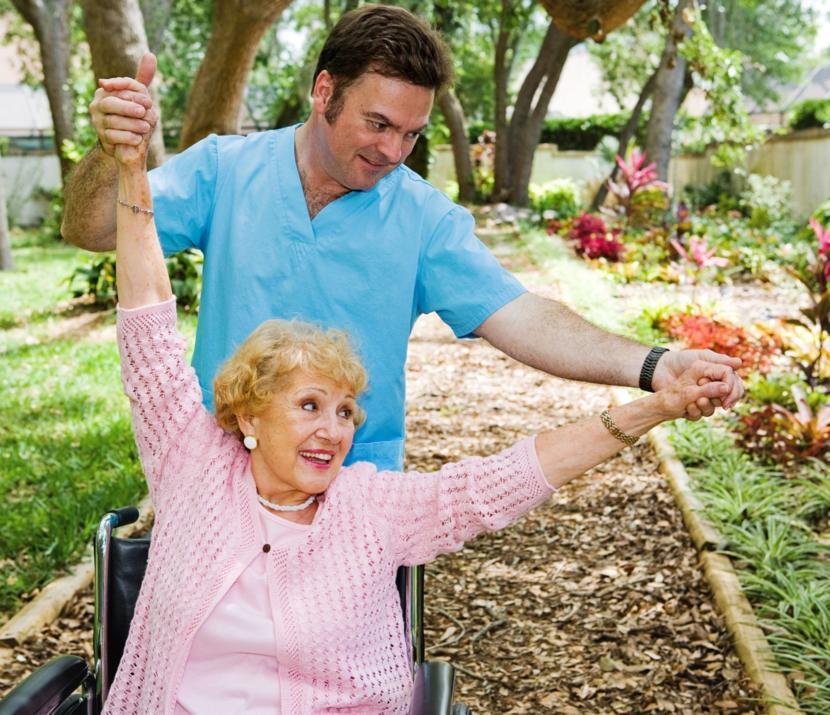How is Physical Therapy Useful for Multiple Sclerosis?

Multiple sclerosis is an autoimmune disorder that affects the central nervous system. In this disorder, the protective sheath covering the nerves is destroyed resulting in the formation of scar tissue called the sclerosis. The loss of myelin from the nerves impairs the message transmission to and from the brain and spinal cord. Symptoms of this disease usually depend on the severity and location of damage. The disease may lead to progressive disability with respect to movement, vision, control, balance, and sensation.
Symptoms of this condition vary depending on the individual. Further, symptoms may be seen in different parts of the body, including the muscles, bowel, bladder, and eye.
Some of the most common muscle symptoms that may affect the function and mobility of a person includes:
- Muscle spasms
- Loss of balance
- Problems in walking
- Leg weakness
- Tremors in hands and legs
- Difficulty in making small movements
Multiple sclerosis does not have a complete cure. The best possible thing that can be done is the management of the symptoms, and improving the mobility and quality of life of the patient. As the disease progresses, the person may become less mobile with difficulty in balancing. Added to it is the risk of falls and complications from a sedentary life style.
Physical therapy is a treatment method that specifically targets the issues with the functional levels of a person. It helps the patients to build up their endurance levels, improve their strength and balance, and to move about normally. A physical therapist may decide on the training level looking at the functional mobility of the patient along with his or her range of strength, balance, sensation, and motion.
Based on the initial evaluation of the patient’s medical history and functional level, a physical therapist will develop an endurance training plan using a stationary bike, a treadmill, or during routine activities. Physical therapy can improve small movements, stability of the joints and help to perform day-to-day activities in a more efficient way, by incorporating strengthening activities. This therapy also includes balance training activities to decrease the risk of falls and to move around safely.
Physical therapy recommends the use of a variety of adaptive equipments to improve the mobility and safety of the patients. This includes the use of a cane, walker, shower chair, grab bars, wheel chair, or a scooter to compensate for the difficulty in walking, balancing, and reduced strength. Training on lifestyle changes helps the patient to use the energy more judiciously and to prevent symptom flare-ups. Physical therapy is known to improve the functional levels and the quality of life of the patients allowing them to move around more independently.











